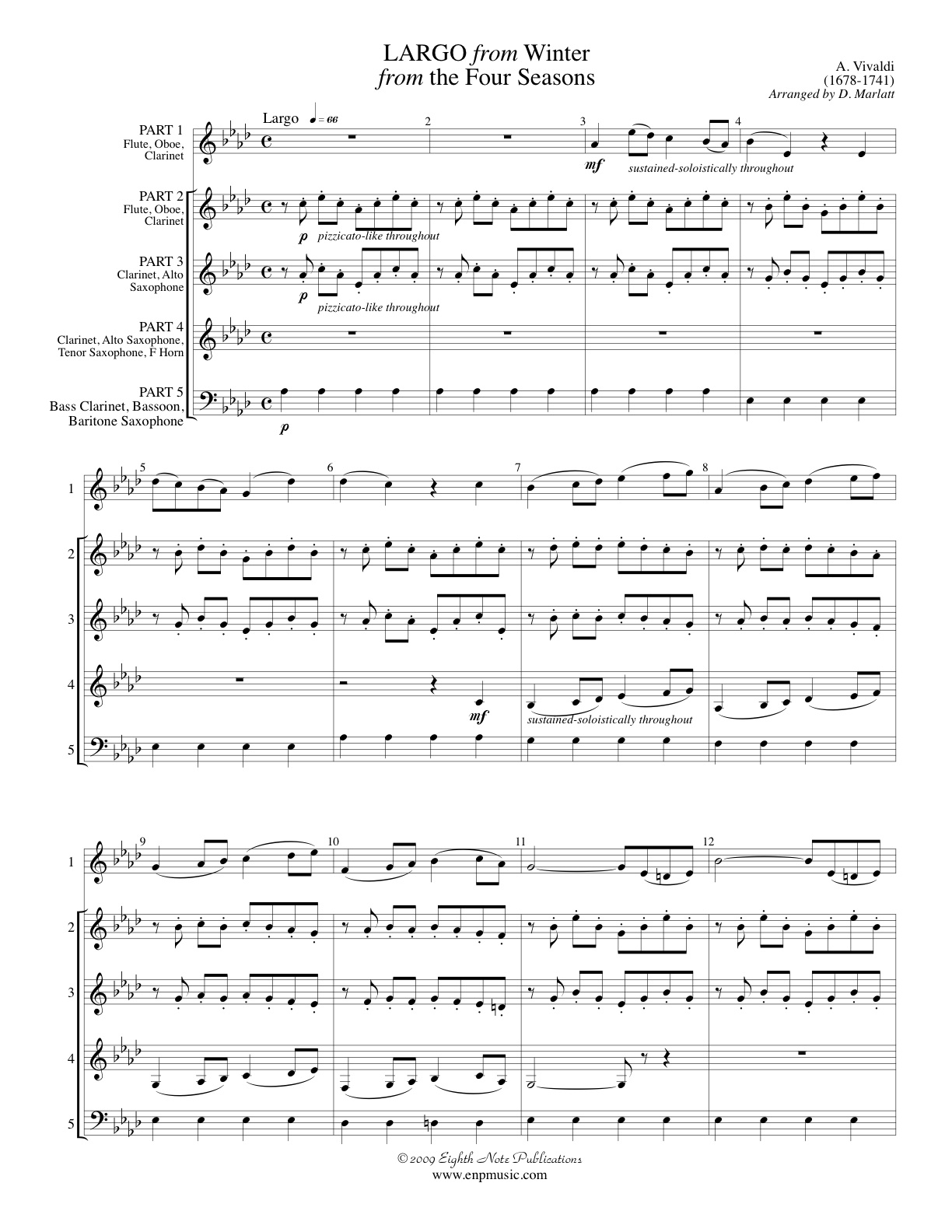

It does not depict a calm and peaceful winder day. The ending is the most dramatic and complex.Īs a referential listener, I immediately associate the title of the composition with its mood. It slows down towards the third part and picks up the speed again. The speed and the timbre dictate the overall emotional setting within the melody. The second part is much faster than the third. The speed of the melody is also growing gradually. The performance of the soloist is intermitted by the performance of the rest of the orchestra. The beginning of the melody is increasingly dramatic and sets the mood from the very beginning. Antonio Vivaldi “Winter” Analysis: Dynamics As a referential listener, I noticed that such beginning builds up tension it makes the audience impatiently wait for the resolution and the start of the main melody.

In the very beginning, the orchestra starts with several intense chords, and then the solo violinist proceeds. The pattern is played by a string orchestra and a solo performer, the violinist.

It can be divided into several pieces which compile the pattern of the melody. What Instruments Are Used in “The Four Seasons: Winter This paper focuses on a piece called Winter. Overall, Vivaldi’s Four Seasons consists of four parts – one representing each of the seasons (Vivaldi – The Four Seasons, n. The selection is located in Module 1 in Section 1: Basic Musical Concepts. This is winter, which nonetheless brings joy.Vivaldi “Four Seasons: Winter” Analysis Conclusionįor my referential analysis, I chose The Four Seasons: Violin Concerto in F minor, Op. Hearing Sirocco, Boreas, and all the winds at war Here is the sonnet that goes along with this movement: The pacing slows in the latter half as another dark mood threatens to overtake the proceedings, but the music suddenly springs to life with great vigor, and the work ends in a positive, if somewhat tense mood. Gradually the music comes to life, but with frosty swirls and the wind howling and chilling. This Allegro begins slowly, as if to convey one's bracing for the cold. Today we present the third and final movement from Antonio Vivaldi's violin concerto Winter, which is part of the famous set known as The Four Seasons. From “The Four Seasons” by Vivaldi, arranged for solo flute


 0 kommentar(er)
0 kommentar(er)
